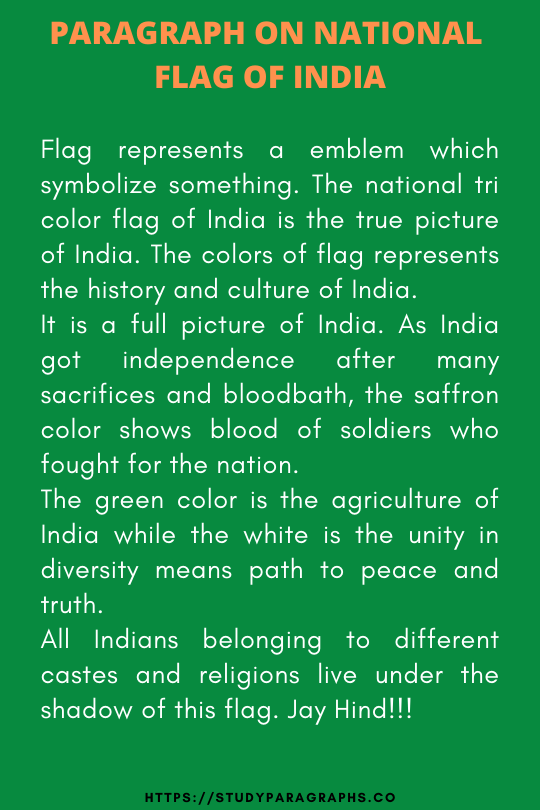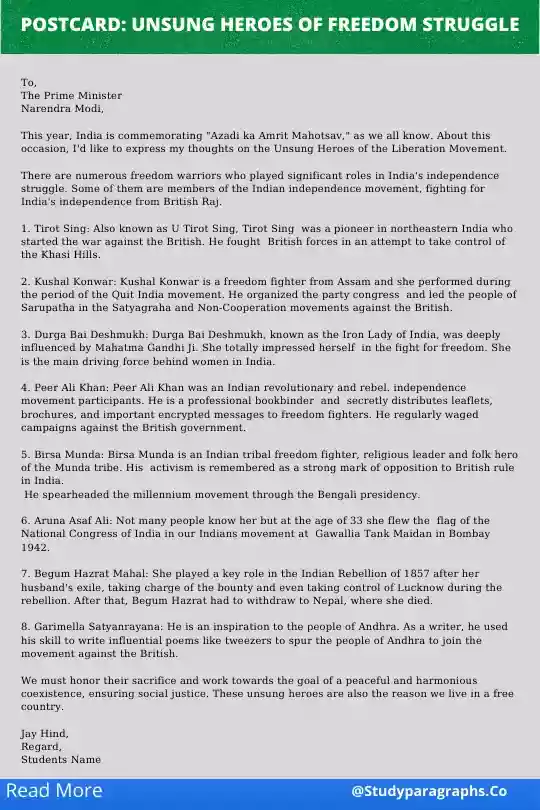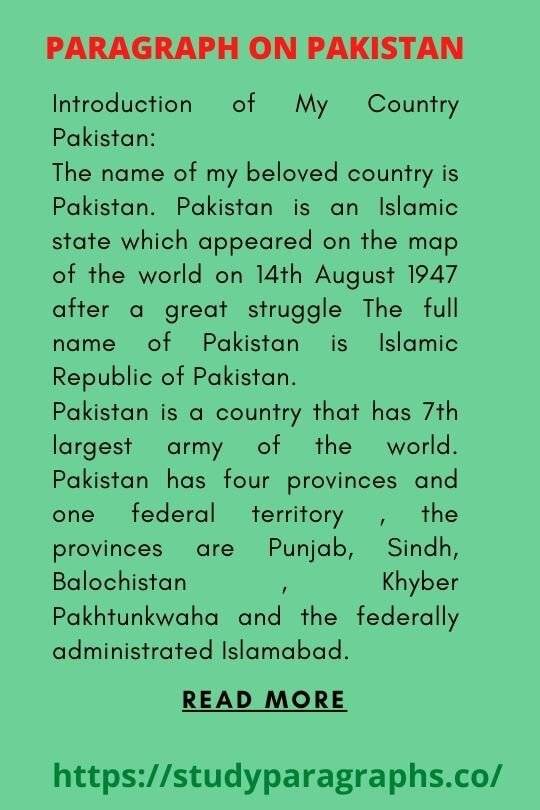Paragraph On Our National Flag In 150 Words For Class 5 – 8
The flag that represents a nation is called a national flag. It is the strength and identity of a nation. The following short and long paragraphs about the National Flag of India have been written here for children and students, with the following major points included:
Paragraph On Our National Flag Of India | Few Lines For Children & Students
The national flag of India is mostly known as the Tiranga, which means the tricolor flag. Pingali Venkata designed the national flag of India.] It was adopted as the national flag on July 22nd, 1947. Before this flag, many flags represented India, but this tricolor flag purely symbolizes the history and culture of India.
class="root-block-node" data-changed="false" data-paragraphid="125">
1. The Colors of the National Flag
There are three colors in the national flag of India. Each color symbolizes a particular thing. The saffron color represents the sacrifices made in the war for freedom, the green color symbolizes the rich agricultural background of India, and the central white color is the path to truth.
The circular structure, called the Chakra, symbolizes the 24 hours of the day. It shows we must move forward and work every waking moment for the nation’s progress. In the center of white, this Chakra symbolizes encouragement and dedication to work. The white color is a path to peace and truth.
2. The History of National Flag
The national flag of our country, India, has a long history behind it. The current flag is the sixth and final design of the national flag. Five designs were adopted and then abolished by the Indians.
The first design of the flag was made in 1906 by a girl named Nivedita. The second design was presented by a woman named Madame Cama in 1907. After ten years, the third design of the flag was proposed by Dr. Annie Besant in 1917. The fourth design was made by Pingali Venkayyain in 1921. The fifth flag was also designed by the same person in the same year. The fifth design of the flag was similar to the current flag, but there was a slight change. In the fifth design, there was only a charkha, but there is an Ashok Charkha in the current national flag, As the flag was finalized after many struggles and efforts, and it represents our nation, we should help maintain its honor and dignity.
3. Shape of Our Flag
The national flag shape of our country, India, is rectangular. The length and breadth of the flag are in the ratio of 3:2. The three colors are placed horizontally. The flag, which is hoisted, is made of khadi fabric.
4. The Importance
The national flag is our pride. Its feet must not touch the ground, nor should its clothes be used for any other purpose. We are obliged to bow our heads in reverence when it is hoisted. A patriot won’t degrade the national flag, as it holds great importance. The sign of a true and patriotic Indian is honoring the national flag. The national flag is the identity of every citizen living in a nation. All are represented by one flag.
The tricolor flag of India is the respect of every Indian. The respect of an Indian lies in the respect of the national flag. A flag is used to represent a country on a global scale. Without a flag, there won’t be any Indian identity on the globe. All around the world, this tricolor flag represents Indians and the whole nation.
A flag represents an emblem that symbolizes something. The national tricolor flag of India is the true picture of India. The colors of the flag represent the history and culture of India.
Conclusion
It gives a full picture of India. As India gained independence after many sacrifices and bloodbaths, the saffron color shows the blood of soldiers who fought for the nation. Green represents India’s agriculture, while white represents unity in diversity, which means the path to peace and truth. All Indians from different castes and religions live under the shadow of this flag. Jay Hind!!!

Hello! Welcome to my Blog StudyParagraphs.co. My name is Angelina. I am a college professor. I love reading writing for kids students. This blog is full with valuable knowledge for all class students. Thank you for reading my articles.





